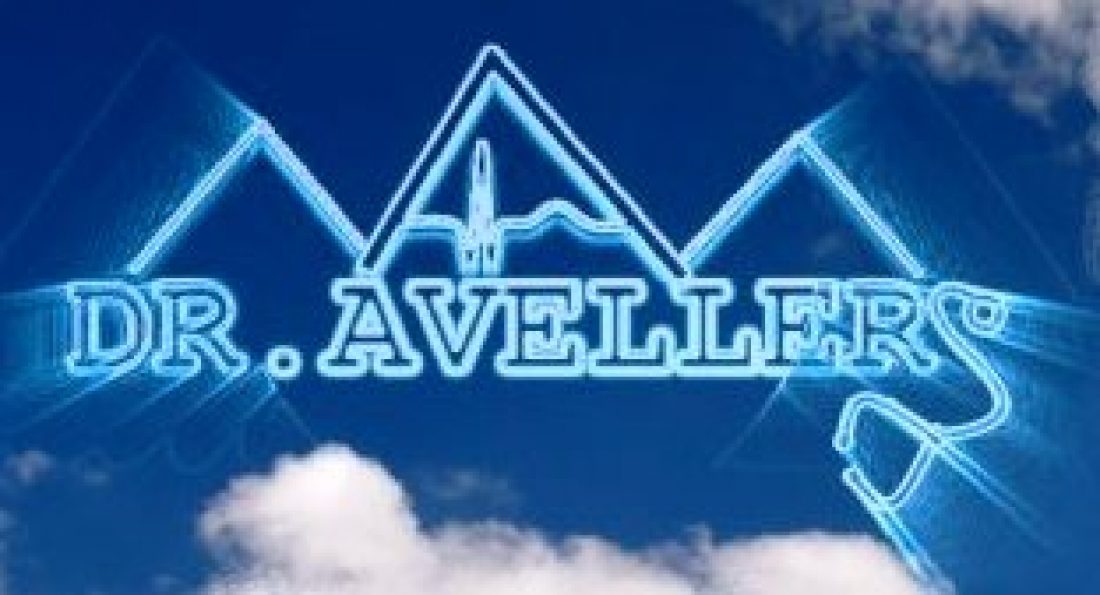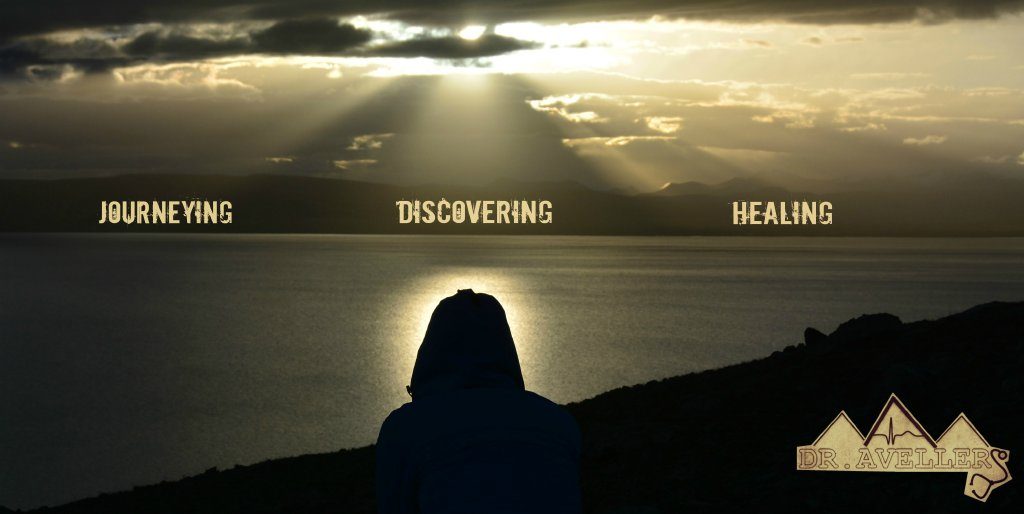About Traditional Tibetan Medicine,
Sowa Rigpa
Traditional Tibetan Medicine (TTM), also called Sowa Rigpa or Sorig (tibetan name for “Science of Healing” or also “Nourishment of Awareness“) is a science and an art, dating back to antiquity. Although it has some superficial similarities with both Indian Ayurvedic medicine and traditional Chinese Medicine, Sowa Rigpa actually has a genesis, history, and development of its own – rooted in the Tibetan landscape, the indigenous culture, and the spirit of the Tibetan people.
One of the unique features of Sowa Rigpa is that it contains a comprehensive philosophy, cosmology, and system of subtle anatomy with associated spiritual practices, in its own right, although it is generally practised alongside of the Buddhist philosophy. In addition, Sowa Rigpa encompasses a wealth of knowledge on anatomy and physiology, embryology, pathology, methods of diagnosis and cure. The science of Sowa Rigpa includes a huge herbal pharmacopoeia, as well as a large body of external therapies which are little-known in the Western world for now.
Sowa Rigpa is a holistic system, meaning that it addresses the individual’s needs as a whole – body, mind and spirit – in an integrated way. This includes the individual’s internal environment, as well as the way that the individual interacts with the external environment.
It is our sincere aim (as well as of international organisations like Sorig Khang International) to keep the spirit of Sowa Rigpa alive and functioning effectively in the modern world. A medical system, if not being practised in the context of the Western world, simply becomes a museum-piece; an interesting but fossilised artefact with little modern relevance.
Traditional Tibetan Medicine – Sowa Rigpa – has the capacity to be of great benefit to all in the current economic and social climate. So we bear the vision to make a synthesis of western allopathic medicine and Sowa Rigpa one day, to benefit all beeings as good as possible.
[read more=”Want to know more about Sowa Rigpa? CLICK HERE!” less=”Read Less”]
More about Sowa Rigpa
A quick Overview
| Contents |

Traditional Tibetan Medicine is a Himalayan healing science which is more than 2000 years old. In the native language it is called Sowa Rigpa. It has preserved its authenticity integrally until today’s date through the pure lineage of transmission.
As one of Asia’s three great healing systems, Traditional Tibetan Medicine (TTM) approaches suffering and disease holistically, whilst being compatible with any other eastern or western medical traditions. Sowa Rigpa can be studied by all and used for all.
The medical system employs a complex approach to diagnosis, incorporating techniques such as pulse analysis and urinalysis, and utilizes behavior and dietary modification, medicines composed of natural materials (e.g. herbs and minerals) and physical therapies (e.g. Tibetan acupuncture, moxibustion, etc.) to treat illness.
Traditionally medicine was presented within the context of an interdisciplinary study containing the Five Major Sciences (Buddhist Philosophy, Logic, Sanskrit, Medicine, Arts & Crafts) and the Five Minor Sciences (Synonymics, Mathematics & Astrology, Drama, Poetry, Composition). Historically as well as scientifically an interdependent relationship has developed especially between the fields of Buddhist Philosophy, Medicine and Astrology.
1. Sowa Rigpa
The term Sowa Rigpa has two fundamental meanings:
- Sowa can be translated as ‘Healing’ and Rigpa as ‘Science’; so Sorig (abbreviation of Sowa Rigpa) means ‘Healing Science’.
- Sowa can also be translated as ‘Nourishment’ while Ripga is translated as ‘Awareness’; in that case Sorig means ‘Nourishment of Awareness’.
This twofold meaning is connected to Tibetan medicine’s aim at realizing relative and absolute balance.
2. History
 In the 8th century the physician and spiritual practitioner Yuthok the Older wrote the first version of the Four Medical Tantras. He predicted that the accomplished physician Yuthok the Younger would rewrite his work in the future.
In the 8th century the physician and spiritual practitioner Yuthok the Older wrote the first version of the Four Medical Tantras. He predicted that the accomplished physician Yuthok the Younger would rewrite his work in the future.
400 years later a young doctor called Yuthok Yonten Gonpo from a village of Goshi Rethang, Western Tibet, edited the Four Tantras based on his collected knowledge and experience. This version would be known as the ‘Bible of Tibetan Medicine’, and Yuthok the Older would be called its ‘Father’.
By then Yuthok the Younger, having started studying and practicing medicine at the age of eight, had travelled to Central Tibet and India several times diligently learning and acquiring medical knowledge. So his work was based on and influenced by
- the study of wild animals,
- the shamanic healing tradition,
- the spiritual view of the Buddhist philosophy.
3. The Four Tantras
The Sanskrit word Tantra – or Tibetan Gyud – means ‘Lineage of Teaching’. It indicates the unbroken transmission line of the original and unchanged medical knowledge since the beginning.
- The first tantra is called Root Tantra. It gives an introductive overview of Tibetan medicine. For a medical student this tantra is like a world map.
- The second tantra is called Explanatory Tantra. It includes basic sciences such as anatomy, embryology, physiology, pathology etc. It can be compared to country maps.
- The third tantra is called Oral Instruction Tantra. It contains explanations about all diseases divided into the Eight Branches:
- The body as a whole
- Pediatrics
- Gynecology
- Psychological disorders
- Traumatology
- Toxicology
- Geriatrics
- Infertility
- These are the maps for every city in this world.
- The fourth tantra is called Final Tantra or Action Tantra. It talks about practical or clinical TTM – a city guide for our medical journey.
4. Elements & Energy
 In the Buddhist cosmology everything consists of the Five Elements: space, wind, fire, water and earth. They represent emptiness, motion, speed, liquid and solidity – similar to the characteristics of modern physic’s atoms. According to TTM the Five Elements also express themselves in our body, e.g. each hand has five fingers, and we have five sense organs.
In the Buddhist cosmology everything consists of the Five Elements: space, wind, fire, water and earth. They represent emptiness, motion, speed, liquid and solidity – similar to the characteristics of modern physic’s atoms. According to TTM the Five Elements also express themselves in our body, e.g. each hand has five fingers, and we have five sense organs.
The Five elements can be simplified into three principles which are called nye pa (faults):
- Lung literally means ‘motion’ and is usually translated as wind. It has the nature of movement and boosts hot or cold energy.
- Tripa literally means ‘burning’, it is translated as bile, it is speedy in nature and is a hot energy.
- Beken translates into phlegm, literal meaning is ‘dew and earth’. It is liquid and solid, a cold energy.
Lung, tripa and beken form the bridge between body and mind. Therefor rebalancing energy will affect both body and mind. Targeting the bridge is also the fastest and most effective way to heal the entirety of a human.
Through the law of cause and effect the elements and energies of our environment and within our body are inseparable from each other. It is called tendrel – interdependent connectivity. This is why it is important in TTM to work with both human and nature.
5. The Three Roots
In accordance to the connection between nature and Tibetan medicine the Four Tantras summarize a physician’s daily work as the Three Roots. This analogy also indicates the importance of the medical profession’s foundation. Students of Tibetan medicine learn and internalize them still today.
Root of Health and Disease
This part covers basic theory, such as balance of energy, body and mind (‘health’), imbalance of energy (‘disease’). Theoretical knowledge about anatomy, physiology and pathology is its foundation.
Root of Diagnosis
In here the main diagnostic tools are introduced:
- Inspection – includes evaluating the form and contour of the patient’s body as well as the patient’s complexion; critical observation of the sense organs, in particular the characteristics of the tongue; and detailed inspection of the urine, which is considered to be the most important factor in diagnosis.
- Palpation – in TTM, the art of palpation (touching) comprises various fields, the main two being pulse reading and point checking.
- Case history – is the process of collecting information: how to question and listen to the patient in order to identify signs and symptoms; knowing about diet and behaviour in order to understand what the possible causes of the disturbance or illness may be.
Root of Therapy
There are four main methods of treatment in Tibetan medicine, namely
6. Amazing Healing System
Tibetan medicine offers unique features not found in any other healing tradition or modern medicine. Among these are the remarkable diagnostic methods of pulse reading and urine analysis, a vast materia medica including thousands of plants, minerals, animal products etc. used for medical treatment, and a sophisticated system of external therapies.
Pulse diagnosis includes more than ten basic divisions of pulses, each based on different aspects such as time, seasons, typology, elements, energies, spirits and more. Each type of pulse may have various characteristics of up to hundred if not thousands – a complete diagnostic tool in your hands.
Herbal medicine has always been fascinating to humankind – the cure could be right in your front garden! Tibetan medicine uses what nature offers:
- Precious metals & gemstones
- Minerals & earth
- Plants & herbs
- Animal products
 The famous Ku Nye Massage is one of the additional external therapies. It can be applied in almost all cases with preventive, curative or symptomatic intention. Therapists use different oils and various materials such as stones, gems, shells, conches, wood, metals depending on typology and disorder.
The famous Ku Nye Massage is one of the additional external therapies. It can be applied in almost all cases with preventive, curative or symptomatic intention. Therapists use different oils and various materials such as stones, gems, shells, conches, wood, metals depending on typology and disorder.
Tibetan acupuncture is one of the highest yet unknown healing arts of TTM. In the Four Tantras described as invasive and supreme amongst the external therapies it is the most effective therapy. The variety and complexity of the points, applications and indications are comparable to the art of Chinese acupuncture.
Moxibustion or moxa is commonly used to treat cold natured disorders. It proves to be an effective means against rheumatic diseases and different types of pain. A modified version known as hor me (Mongolian moxa) is said to be used on Genghis Khan every day – insinuating the secret of his accomplishments.[/read]
Text adopted with kind permission from AMATM.at and Sorig News.


